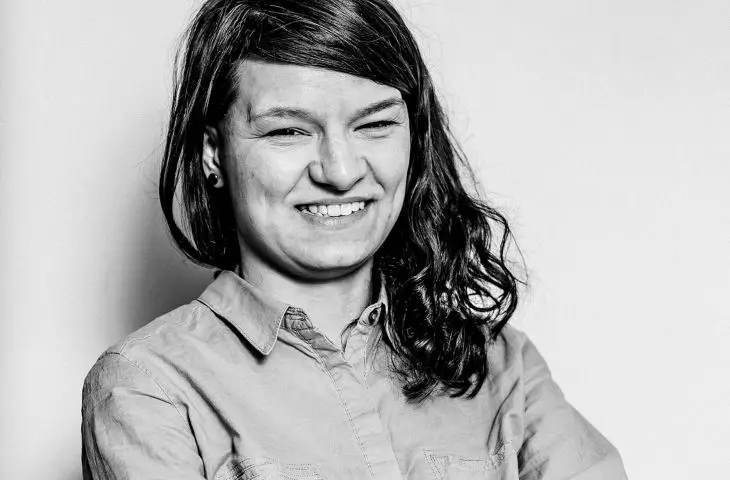The article is from A&B issue 9|23
What is your favorite architect and what do you value her most for?
It would be very difficult to choose just one figure. I would certainly like to mention the work of Lina Ghotmeh, Dorte Mandrup, Neri Oxman or Anne Lacaton. However, I believe that we should not judge architecture based on photos, visuals or our own visual perception, but on whether a space is good to live in.
At JAZ+Architekci, we are currently working on creating criteria for this evaluation, so that we don't overlook aspects that often go unnoticed, for example, in the context of architectural awards, selection of competition entries or auditing a given place.
So I will describe an architect I know from my own "backyard", Professor Halina Skibniewskaya. The social aspect of her design is visible to this day in the form of very strong ties among the residents of the settlements she designed: the Żoliborskie Orchards and Szwoleżerów. Within the small space of the Orchards, as many as several neighborhood associations and informal groups are active, integrating around a common heritage - fruit trees, making preserves, picnicking with children, playing outdoor chess or tending home gardens.
At first glance, it may seem that the urban planning of the estate is chaotic and ill-conceived, but if we look at it from the point of view of a resident, it gives a completely different picture. The overriding idea behind the layout of the "open estate" was to fit the buildings into the existing greenery, and this is what turned out to be a bull's eye, a glue that unites residents, while for visitors it turned out to be a labyrinth. The layout provides security without the need for fences (there are only low walls), organized security or monitoring. Instead, the rent goes in part to maintaining the birdhouses. Whenever an unwanted situation happens, such as a theft, residents get together and try to give each other support, thanks to the low density of the buildings they know each other very well, except for the point building most of the buildings are five stories high. Neighborhood ties are also built by the individual characteristics of each building: the color of the steel elements or facade details. Unfortunately, not all elements have survived to this day.
Halina Skibniewskaya's working workshop treated architecture and the surrounding landscape equally. She believed that architecture was "finding man's place in nature," and here I also wanted to evoke the figure of Alina Scholtz, a prominent landscape architect who worked with her.
Skibniewska put her ideas into practice as a member of the Sejm (the first female deputy speaker of the Sejm in Poland), an academic teacher at the Warsaw University of Technology and a member of a committee of the Polish Academy of Sciences. Among her pioneering activities are the implementation of the first Community School in Poland, one of the first projects with housing for people with disabilities, and participatory design of playgrounds. The realization of outstanding buildings from local materials, in the very difficult realities of the time, also deserves recognition.
In 1978, Halina Skibniewska was awarded the SARP Honorary Award.
Anna Kotowska
JAZ+Architekci














